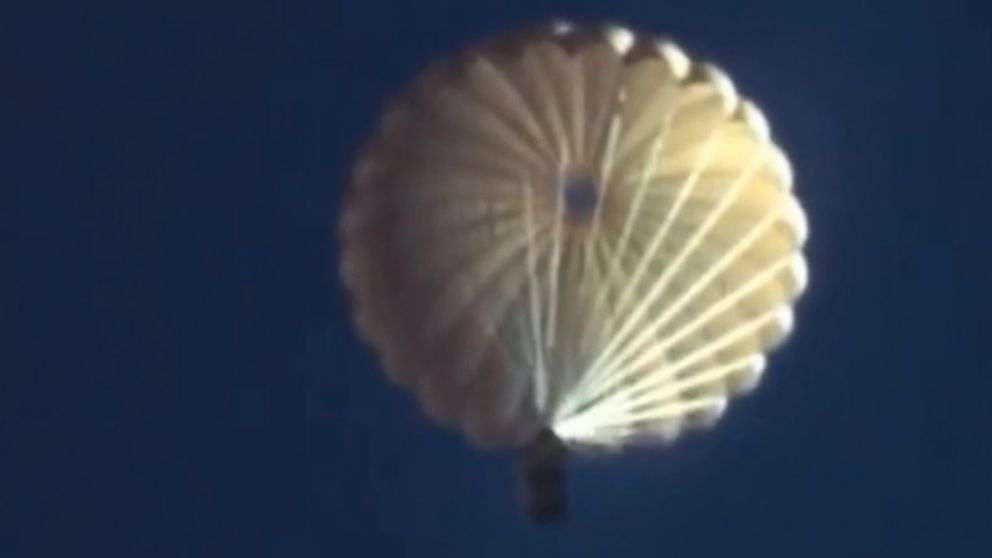Long-Lost Footage of 'Parachuting Beavers' Found in Idaho
The method was used to relocate beavers during the late '40s to '50s.
— -- Lost footage of "parachuting beavers" in Idaho has been recovered and digitized, according to the state's Department of Fish and Game.
The "fragile footage," which an Idaho Historical Society employee recently stumbled upon, was taken during the late '40s to early '50s when the department started a project to "reintroduce beavers overpopulating in certain regions back to their original habitats," according to Vicky Runnoe, a conservation education supervisor for the Idaho Department of Fish and Game.
"It's one of those 'Really? Really?' stories in wildlife management," Runnoe told ABC News. "The department translocated about 550 beavers during this period, and 57 of them were transported using a parachuting method. The beavers were relocated to a wildlife area known as the Frank Church River of No Return Wilderness."
The beavers were put into padded cages that were flown up over central Idaho via airplanes and then parachuted down, Runnoe explained. She added that the department used the airplanes because the area was so remote.

And for anyone concerned about the beavers' well-being, biologists did "extensive" experiments to determine the safest and best parachutes to use, what kind of padding should be in the cage and how it would open upon a "safe landing," Runnoe said.
The Fish and Game Department hasn't done the airplane drops since then, but the method "apparently worked pretty well" to re-establish the beavers in their original habitat, the department's statewide fur bearer manager Steve Nadeau told the Associated Press.



